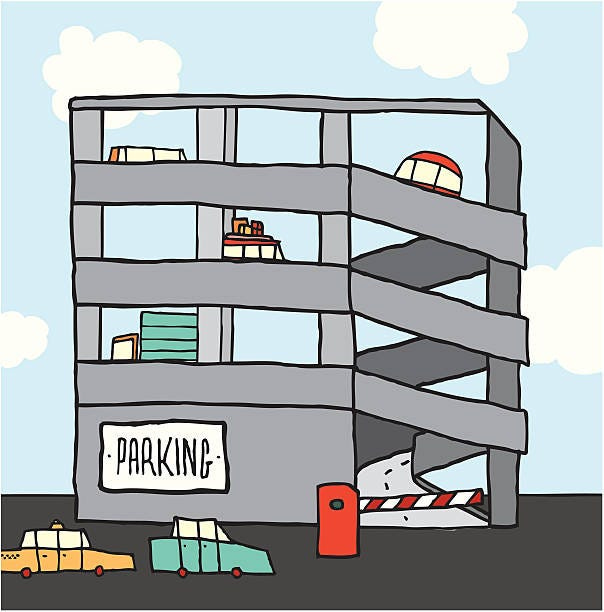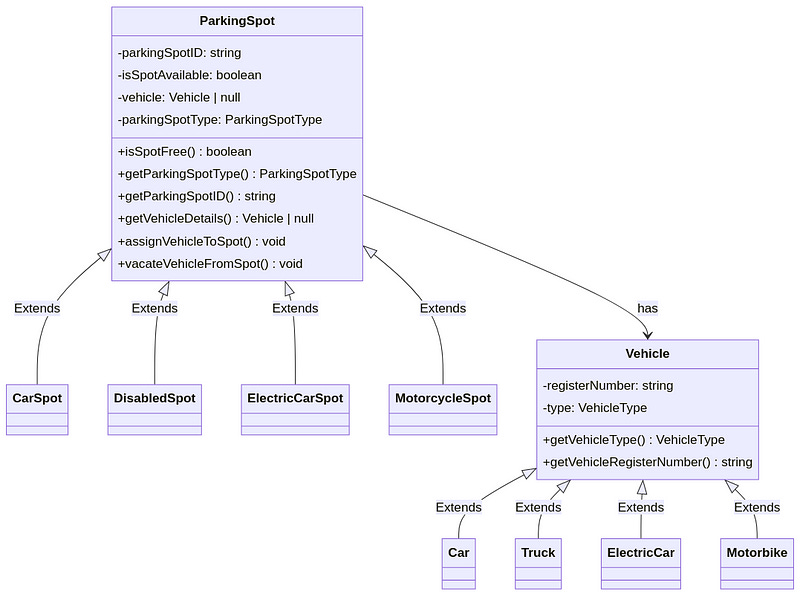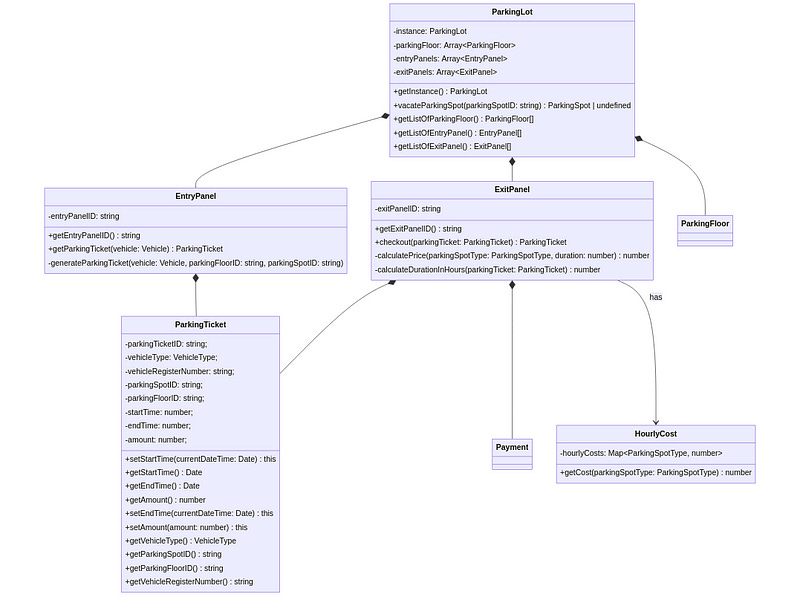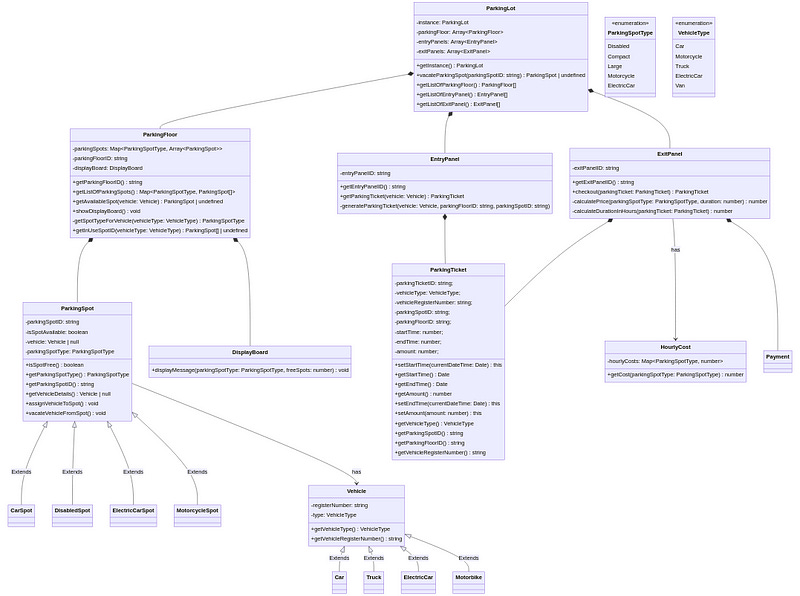On approaching the problem statement

In this article, we are going to focus on how to approach a given problem statement using the following steps.
Understand the system requirements and constraints.
Identify the objects in a system.
Establish relationships between objects, and
Implement based on Object-Oriented principles
Understanding requirements:
Let’s take a look at the system requirements for creating a Parking lot system.
- The parking lot should have multiple floors where customers can park their cars.
- The parking lot should have multiple entry and exit points.
- Customers can collect a parking ticket from the entry points and can pay the parking fee at the exit points to the parking attendant or automated exit panel
- Customers can pay via both cash and credit cards.
- The system should not allow more vehicles than the maximum capacity of the parking lot. If the parking is full, the system should be able to show a message at the entrance panel and on the parking display board on the ground floor.
- Each parking floor will have many parking spots. The system should support multiple types of parking spots such as Compact, Large, Disabled, Motorcycle, etc.
- The system should support parking for different types of vehicles like car, truck, van, motorcycle, etc.
- Each parking floor should have a display board showing any free parking spot for each spot type.
- The system should support a per-hour parking fee model. For example, customers have to pay some amount based on the Vehicle type.
- Admins should be able to add parking floors and parking spot.How to approach the problem statement ?
The next step is to convert those requirements into design diagrams to get a better understanding of the system we are going to develop. A UML diagram is a way of visualising a software program using a collection of diagrams.
Top-down approach — The major focus is on breaking the bigger problem into smaller ones and then repeating the process with each problem.
Bottom-up approach —Primarily focuses on identifying and resolving the smallest problems and then integrating them together to solve the bigger problem.
Top-down approach
In this phase, we are converting the problem statement into smaller components without going into nitty-gritty details. Along with behavior diagrams, like sequence diagram helps in understanding the overall functionality of a system in its initial stages.
Bottom-up approach
When it comes to implementation, it is always recommended to follow a bottom-up approach, in which structure diagrams like class diagrams come in handy.
Parking spot
The parking lot should support multiple types of parking spots, such as compact, large, disabled, and motorcycle spots.
The system should support parking for different types of vehicles, such as cars, trucks, vans, and motorcycles.
Parking floor
Parking floor should have access to Parking spot and each floor should have access to Display board.
Parking lot
Parking lot should contain list of Exit panel, Entry panel and Parking floor available in the system.
Entry panel and Exit panel makes use of the Parking Ticket service.
Overall Architecture
Low level system design — Parking Lot Design Part — II
Code implementation for the Parking lot system designmedium.com
🌟 🌟 🌟 Source code for this blog post can be found here 🌟 🌟 🌟
GitHub - madhank93/learn-system-design
You can't perform that action at this time. You signed in with another tab or window. You signed out in another tab or…github.com
References:
[1] https://github.com/tssovi/grokking-the-object-oriented-design-interview
[2] https://www.youtube.com/watch?v=nnpT0WXifLk
[3] https://www.youtube.com/watch?v=tVRyb4HaHgw








